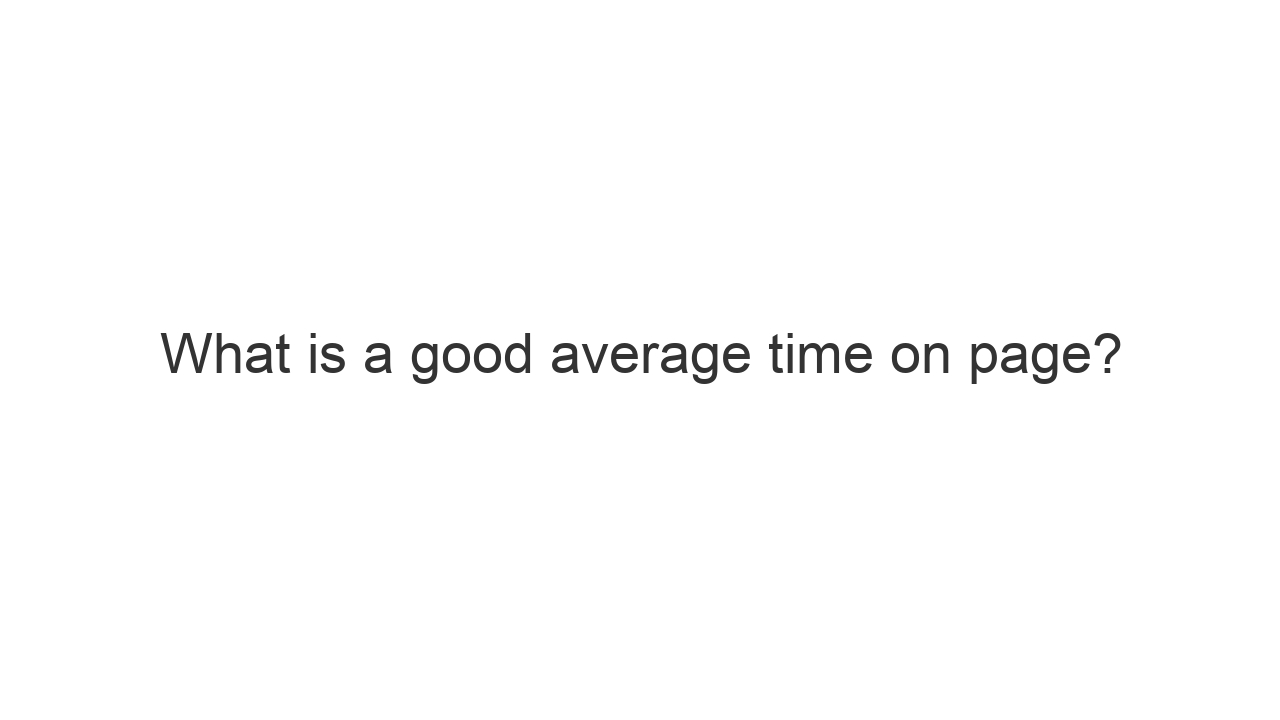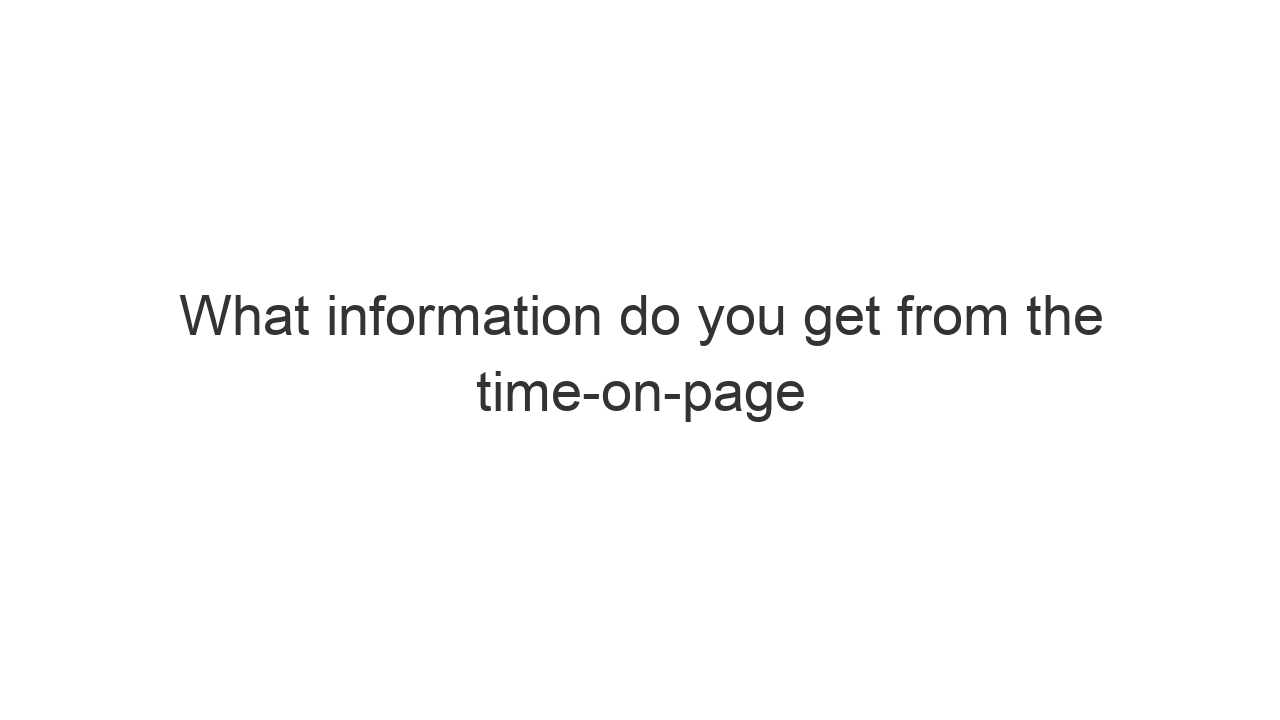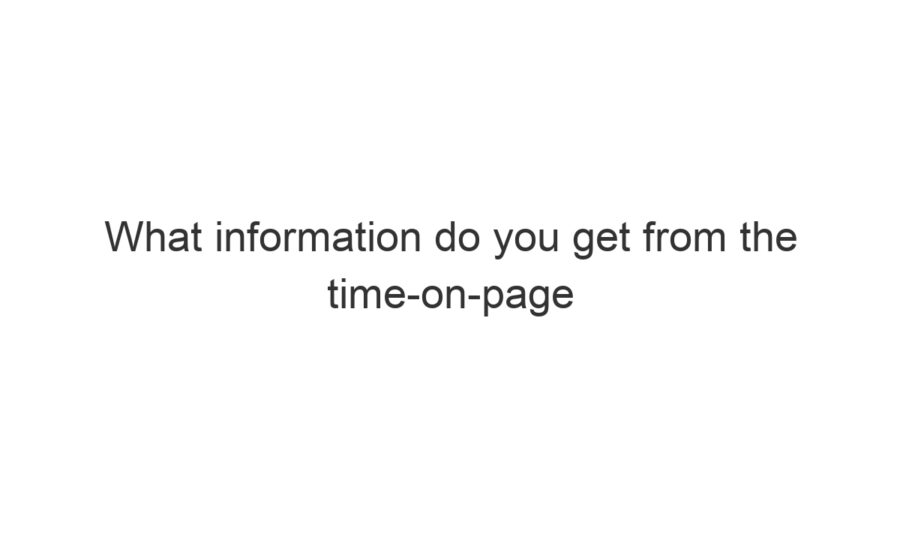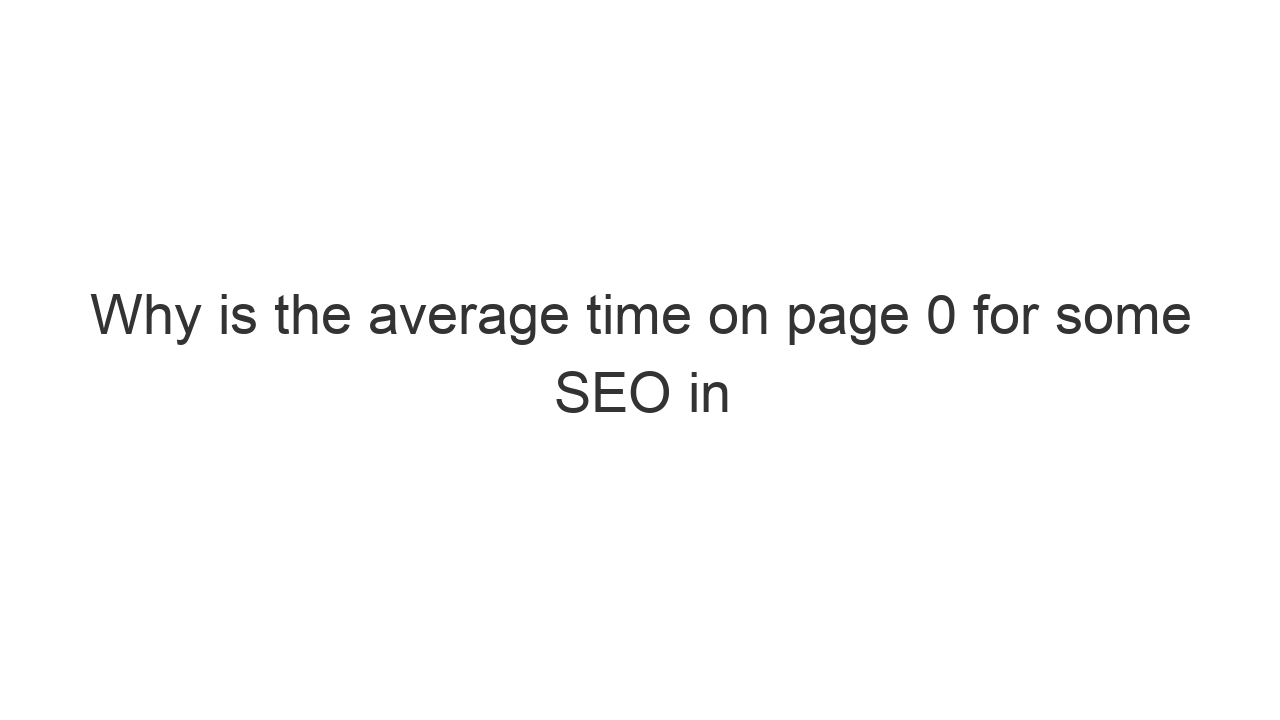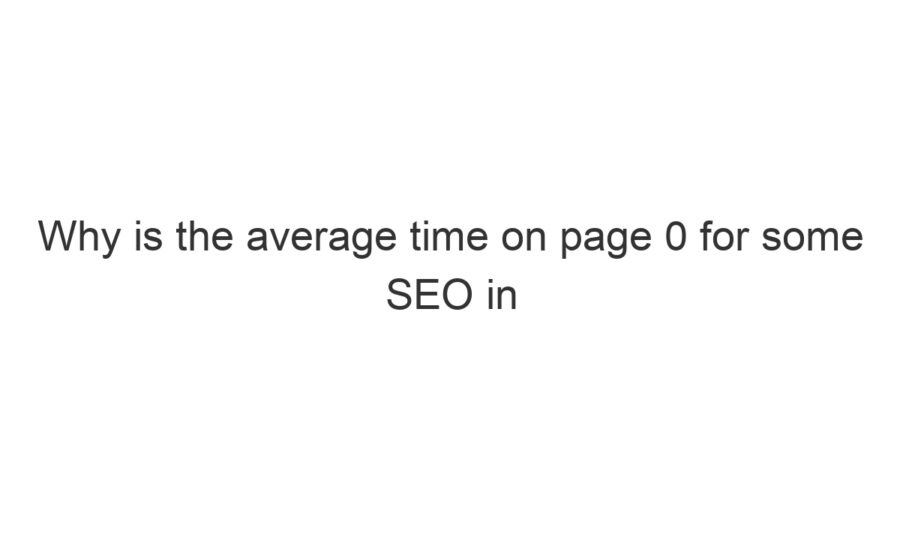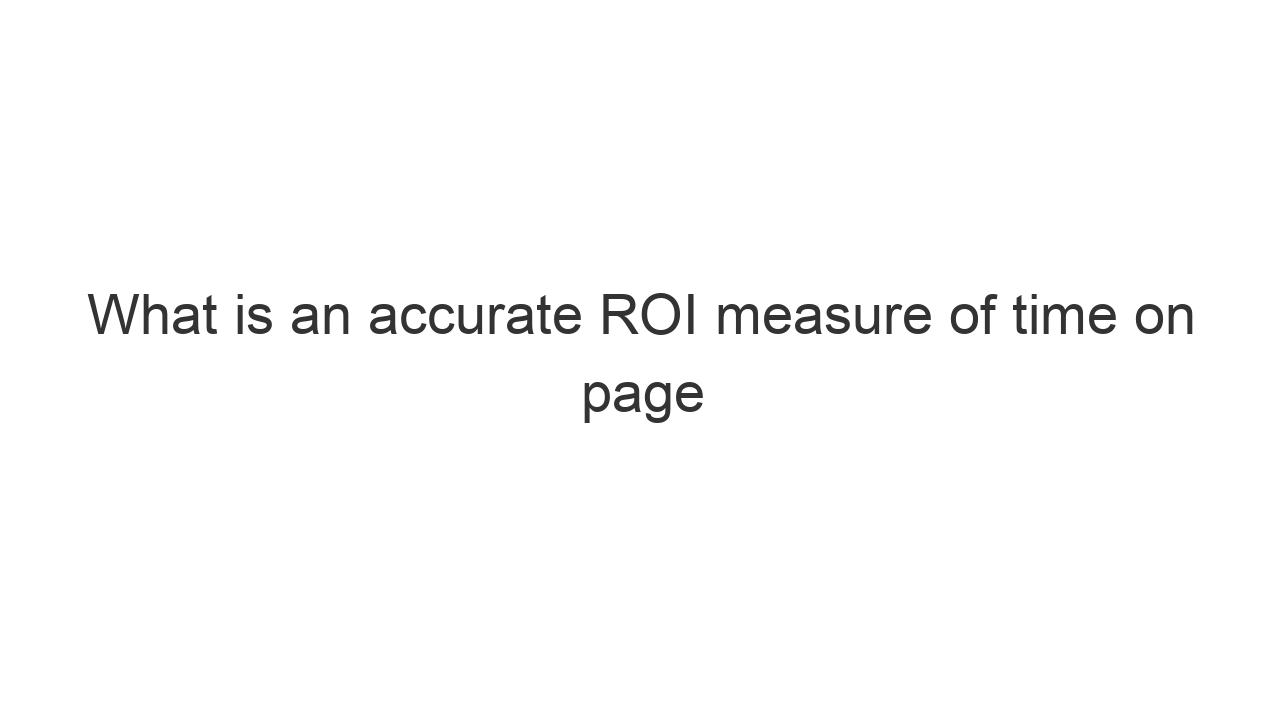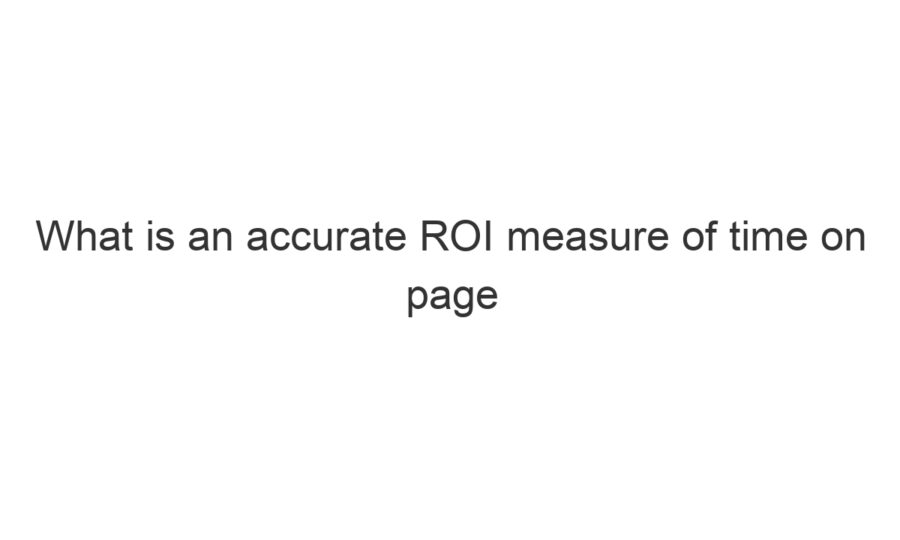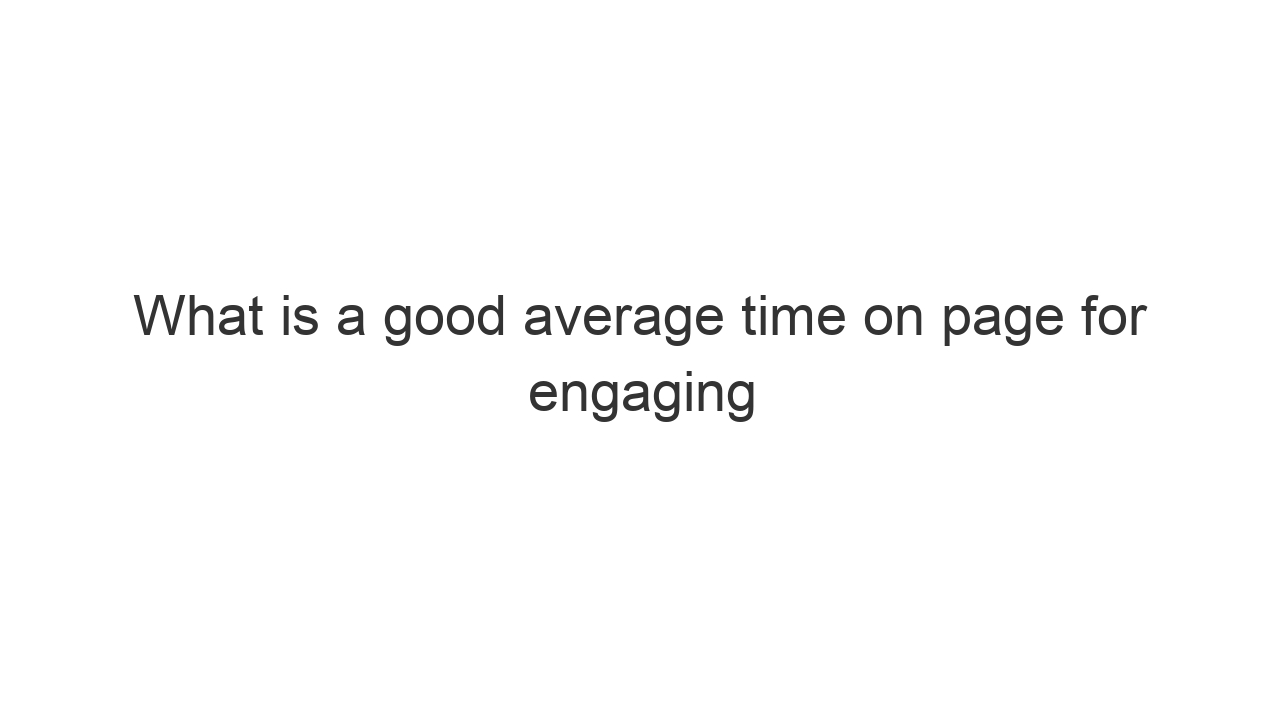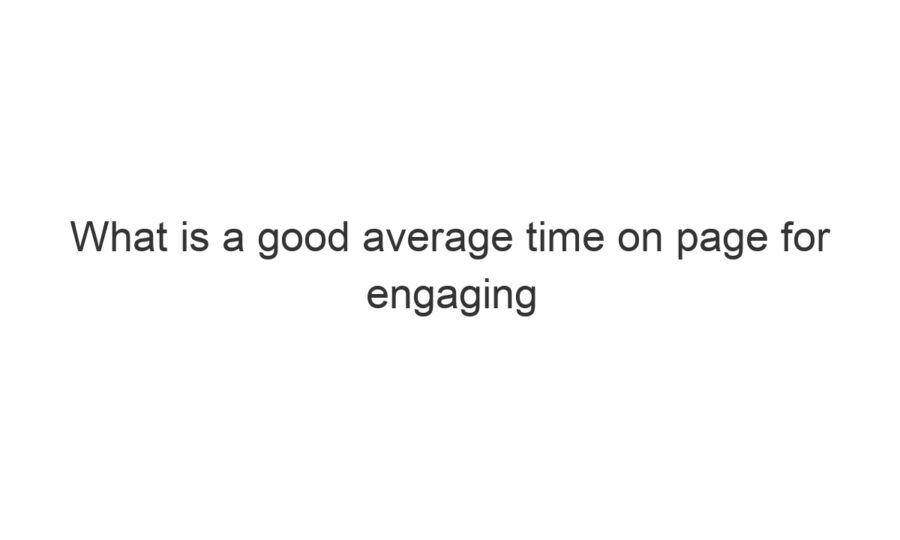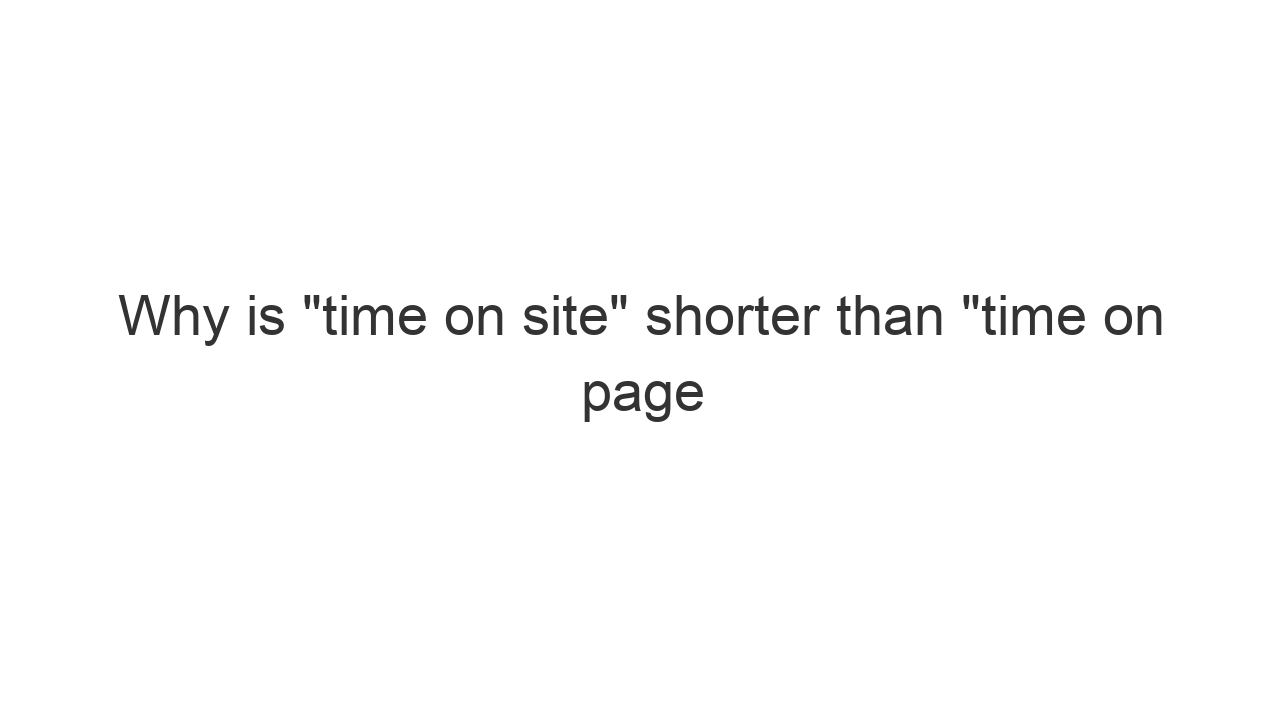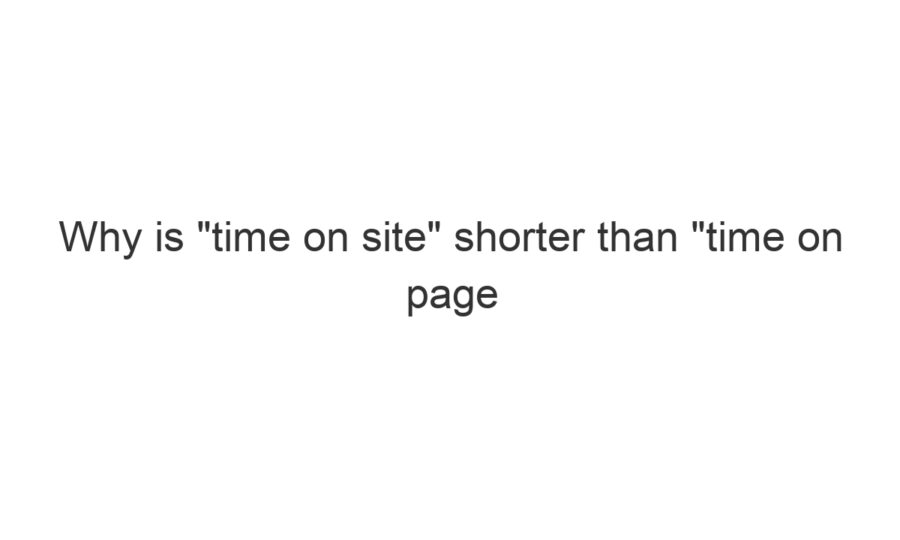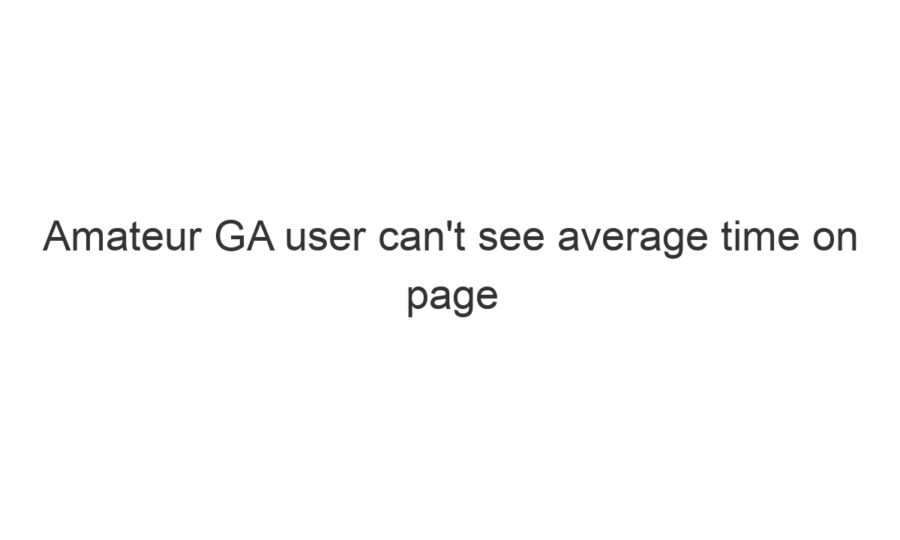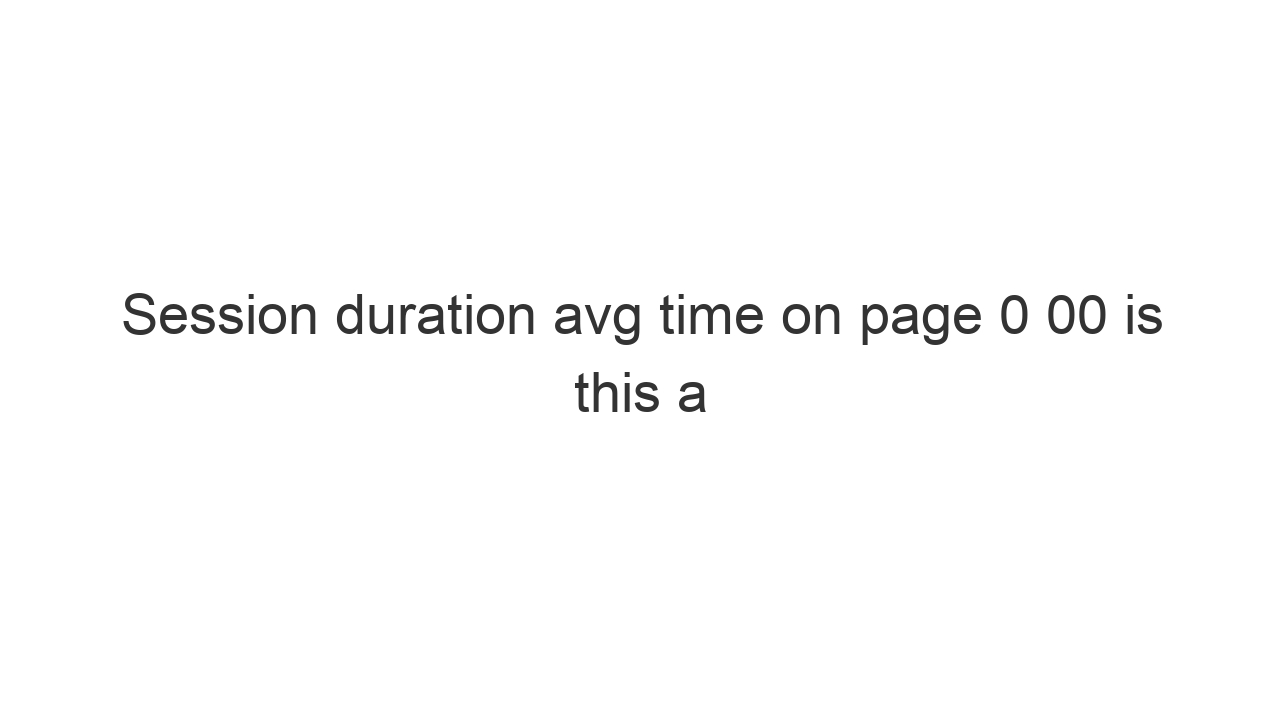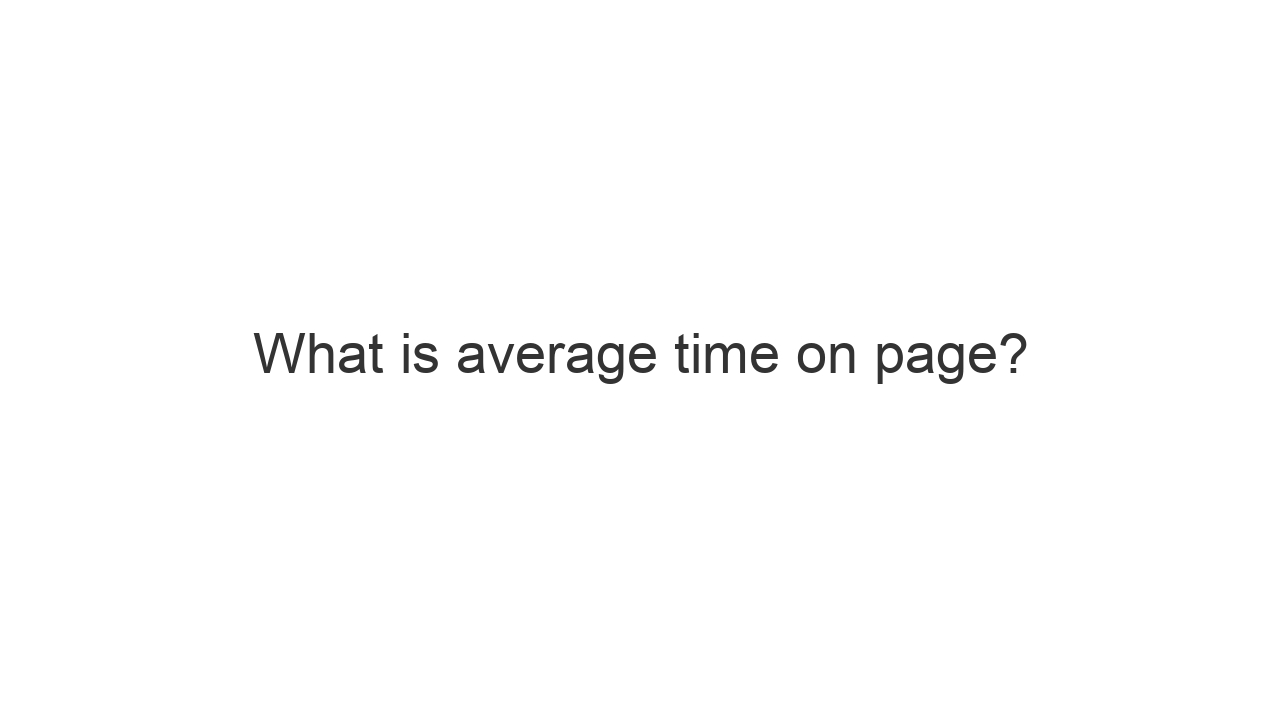
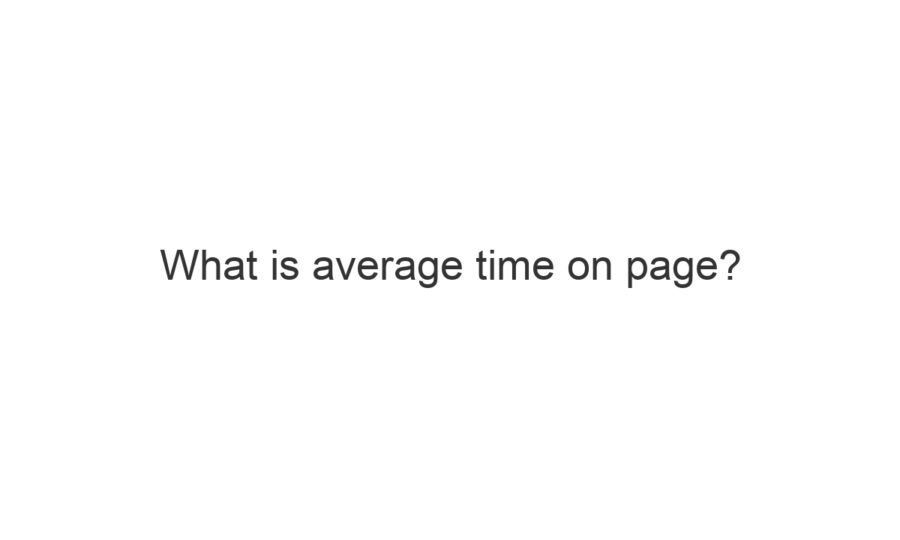
What is average time on page?
Time on page measures the difference between when opens a webpage and then clicks another link. Or opens a new tab and visits the same domain. A common fallacy is that time on page represents all users, when it only captures those that complete those actions. So it is not reflective of an overall audience. It tends to skew up. Average time on page, takes any datapoints it has collected for time on page, and spreads it out as an… Continue reading
 Skip to content
Skip to content